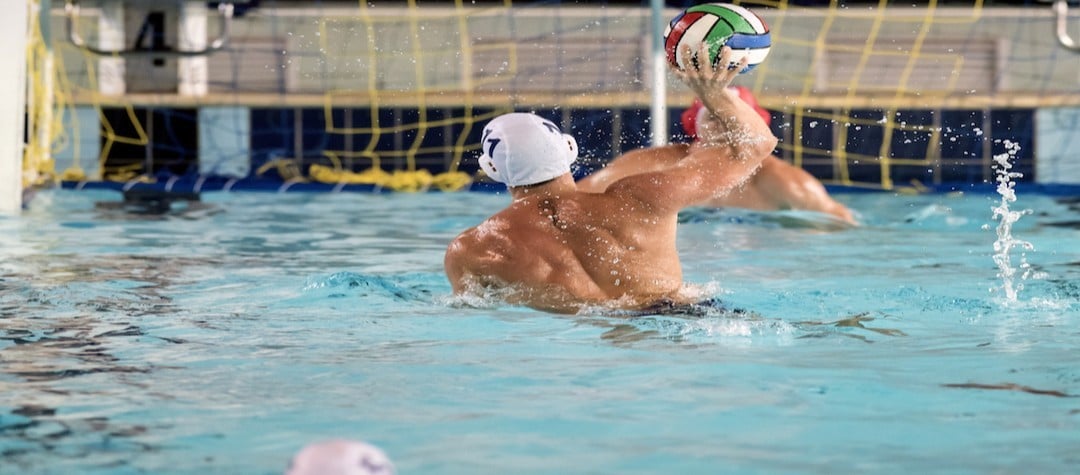Water polo is a great sport for improving your health and fitness, as well as refreshing your mind, so why not get involved?
The aim of water polo
Generally speaking, water polo is a simple game – the aim being to push, carry or throw the ball into the opponent’s goal.
The water polo pool
The water polo pool is at least 1.8m (5.91ft) deep, with a goal 3m (9.84ft) wide and at least 0.9m (2.95ft) high. The goal is marked by vertical posts, a crossbar, and nets – which is the same as in football or hockey.
For the men’s version of water polo, the pool is 30m long x 20m wide. Women play in a smaller pool which has dimensions of 25m x 17m.
There are important lines on the pool deck which mark out specific areas in which the rules of play are special. The most important are:
- 2m lines – These are 2m out from the goalposts on both sides of the pool. Only players with possession of the ball are allowed within the 2m area – otherwise possession of the ball is lost.
- 5m lines – The locations from which penalty shots are taken on the goal. A penalty shot is given to a player who is fouled within the 5m line while he/she is in an active attempt to score.
The teams in water polo
- Squads are made up of 13 players, with a maximum of seven allowed in the pool at any one time.
- The goalkeepers are the only players who are allowed to touch the bottom of the pool. Keepers are not allowed in the other half of the pool.
- In front of the goalkeeper are two banks of three players: three guards in defence, two wingers, and a centre forward in attack.
- One team wears approved coloured caps with white numbers from two to 13, and the other team wears white caps with blue numbers. Each goalkeeper wears a red cap with a number one on it.
The game of water polo
- Water polo games consist of four eight-minute periods.
- A game begins with the ball in the centre of the pool, and both teams sprint for it from their own goal lines.
- If the scores are level at the end of regular time, two extra periods of three minutes each are played.
- If no side has won then a sudden-death period is played, where the first team to score wins the match.















